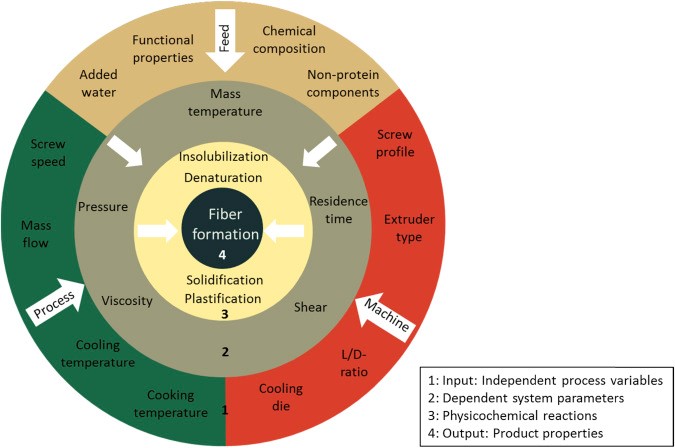
Plant Proteins & Ingredients used for Plant Based Meat Analogues
The consumption of plant-based protein foods as a replacement for meat in western countries seems to encounter several barriers, despite the consumers’ awareness over environmental issues. Consumers’ reluctance to adopt this dietary change stems from their love of eating traditional meat, as well as the nutritional and sensory appeal, as well as the convenience that meat provides. The development of protein-rich plant-based products with the potential to replace meat in the nutritional sense is already explored traditionally with the production of tofu, tempeh, seitan, etc. Recent meat analogue research and development focuses on the development of sustainable products that mimic traditional meat not just nutritionally, but also in terms of texture, appearance, smell, and taste. Strips, chunks, patties, and burgers, chicken-like blocks, ground beef-like items, nuggets, and steaks and sausages are some of the products available on the market.

Fig.1. Meat Substitute (ScienceDirect.com)
Extrusion, shearing, spinning, and freeze alignment are now being used or proposed for texturizing vegetable proteins from oilseeds, pulses, and grains into a variety of forms, whereas fermentation has been utilised for the formation of mycoproteins for many years. Extrusion and mixing are the most often utilised methods in industry, with the others still in development.
A typical plant-based meat analogue has a large amount of water, flavourings, oil or fat, binding agents, and colouring agents, in addition to textured and non-textured protein. The majority of the substances in those items, on the other hand, are highly polished. As a result, meat mimics are increasingly being chastised for being artificial products. The use of less refined products has become increasingly popular in recent years. To keep meat analogues fresh, it’s critical to understand the role of each ingredient and how they interact in order to develop alternatives that people prefer.





